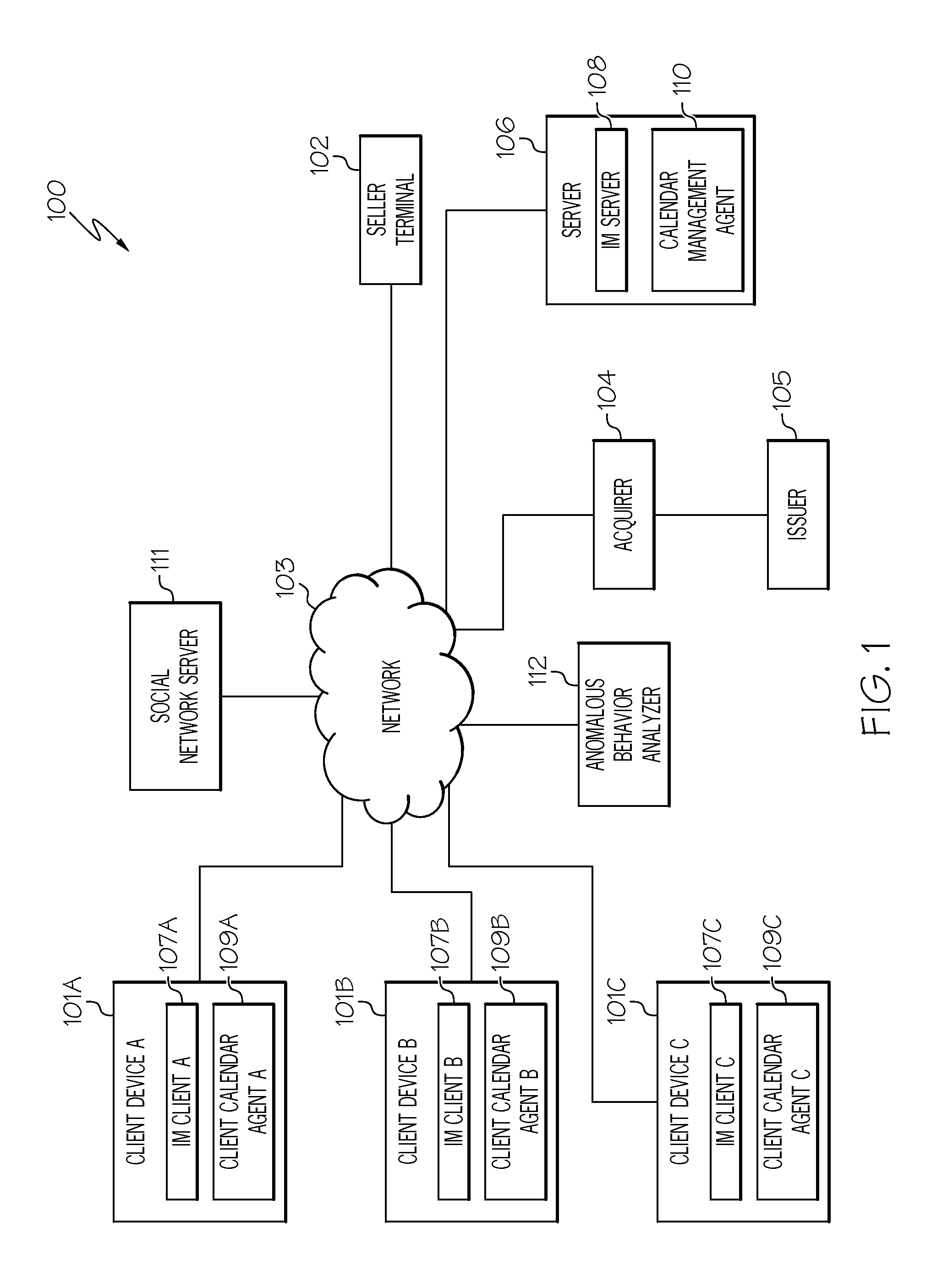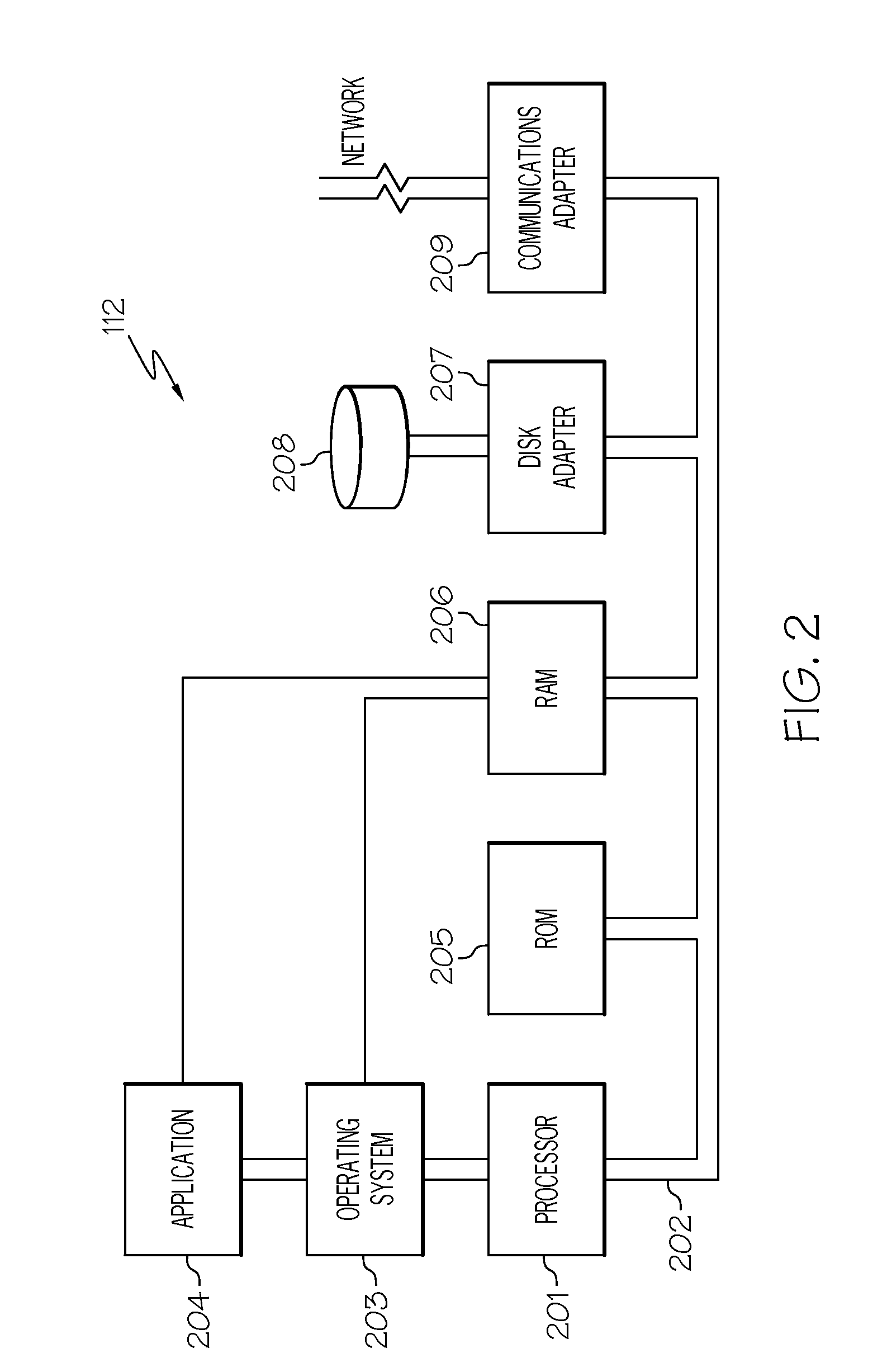Using both social media and non-social media information to identify anomalous behavior
a technology of social media and non-social media, applied in the field of behavior analysis, can solve problems such as incorrect identification or non-identification of transactions, suspicious events, and inconvenience of customers, and achieve the effect of avoiding the mistake of identifying transactions, avoiding inconvenience, and avoiding inconvenien
- Summary
- Abstract
- Description
- Claims
- Application Information
AI Technical Summary
Benefits of technology
Problems solved by technology
Method used
Image
Examples
Embodiment Construction
[0012]The present invention comprises a method, system and computer program product for identifying anomalous behavior (e.g., suspicious transactions). In one embodiment of the present invention, information from at least one social media source (e.g., a posting, a user profile) and from at least one non-social media source (e.g., a booking, a purchase) are monitored. A transaction (e.g., credit card transaction) involving a user is identified. The monitored information is then analyzed to identify one or more characteristics (e.g., location of the user) of the user. For example, the user indicates on the user's profile that he / she is on vacation in Paris. A rating of invalidity of the transaction is generated based on the one or more characteristics, where the rating of invalidity refers to the likelihood that the transaction is likely to be anomaly, such as a suspicious transaction. If the rating exceeds a threshold, then an anomaly may be said to have occurred. By identifying ano...
PUM
 Login to View More
Login to View More Abstract
Description
Claims
Application Information
 Login to View More
Login to View More - R&D
- Intellectual Property
- Life Sciences
- Materials
- Tech Scout
- Unparalleled Data Quality
- Higher Quality Content
- 60% Fewer Hallucinations
Browse by: Latest US Patents, China's latest patents, Technical Efficacy Thesaurus, Application Domain, Technology Topic, Popular Technical Reports.
© 2025 PatSnap. All rights reserved.Legal|Privacy policy|Modern Slavery Act Transparency Statement|Sitemap|About US| Contact US: help@patsnap.com



